Post-COVID-19: Will Bangladesh be able to follow the 'new normal'?
As the virus is here for an unknown period, the Bangladesh government should invest in better healthcare systems for future emergencies and pandemics, writes Safen Roy for South Asia Monitor

Bangladesh has many obstacles to its development - political turmoil, unrest, corruption, refugee crisis, but in the end, it has proved over and over again that it can be successful as a nation. Even in the past, the South Asian nation had successfully overcome several calamities like floods and cyclones.
It had also faced economic challenges like the Asian Financial Crisis in 1997 and the Global Financial Crisis of 2008. However, the COVID-19 pandemic has posed the most significant challenge to the country.
As the New Year began, the number of confirmed cases of COVID-19 infection in Bangladesh stood at 514,000, with more than 7,500 deaths. From a World Bank report ‘Losing Livelihoods’ as of September 28, around 68 percent working in Bangladesh's urban areas of Dhaka and Chittagong have lost their jobs because of the COVID-19.
COVID guidelines
The Bangladesh government had set guidelines to respond to the COVID-19 pandemic like social distancing and restrictions and lockdowns. The social distancing strategy posed a challenge in densely populated cities like Dhaka.
The government has adopted the World Health Organisation (WHO) guidelines such as washing hands, and wearing face masks in public areas. It also deployed enforcement officers in public areas to check whether people are following safety precautions or not. However, the government now needs to prepare the people for a new normal which means a new way of living and working at the workplace, interacting with people, and at gatherings.
Most populated countries like China and India have already adopted a new normal. In the workplace, supermarkets, and any other place where there could be a social gathering one cannot enter without the temperature being scanned. The government also introduced apps to track the movement of the people to detect COVID exposure and used social media platforms like WeChat and Weibo for reporting coronavirus cases, much like Bangladesh use a hotline number 333 to report COVID-19 issues. Also, China locked its big cities to contain the spread of the virus.
Other cities in the world have taken different steps like rewarding for reporting on infected neighbours. Many Chinese companies are using facial recognition technology to detect the high temperatures of people and tracking those who are not wearing a mask in crowded places. China has also adopted the Health QR code, making it impossible to enter places such as subways, train stations, and crowded zones without the code. Code users are designated health code in the traffic-light style, with a green code meaning that the person can freely roam, and an orange or red code means that they need to be quarantined for up to two weeks. The codes are based on a combination of data given voluntarily by the user.
In Thailand, which had one of the world’s lowest infection rates with 7163 cases reported on January 1, 2021, the people have been taking preventive measures like using face masks since the outbreak. They also introduced temperature screening machines at places of gathering like markets and malls. Thailand also introduced a series of steps to create social awareness in both urban and rural areas. Even in remote areas, the government designated people who would raise awareness on washing hands, maintaining social distancing, and the importance of quarantine. Also, some apps use personal health records of people to warn others on the nearness of a COVID-19 patient.
Bangladesh needs a better healthcare system
Nevertheless, Bangladesh's should have a better healthcare system in place that should be able to handle the pandemic response in time, especially among asymptomatic people who are mostly in the younger age group. The need of the time is that the nation needs a robust and efficient healthcare system.
It has now been over nine months since the pandemic began, so now is the time for the government to work with people to look for long-term solutions in rebuilding a resilient society that is healthy and safe.
As the virus is here for an unknown period, the Bangladesh government should invest in better healthcare systems for future emergencies and pandemics.
Change in behaviour
The people of Bangladesh need to adopt new behaviour that will slow the infection rates. These are the wearing of face masks, following social distancing norms, and regular handwashing as a daily routine.
Going back to normal is not possible even if Bangladesh has a vaccine for coronavirus. The vaccine needs to be given first to prioritised groups, especially those who are at risk of being infected.
There are also challenges related to the vaccine like ensuring people trust the efficacy and the effectiveness of the vaccine. So the government needs to assure the public about its safety and counter misinformation.
The government plans to roll out a safe and effective COVID-19 vaccine. The government has drafted a national deployment and vaccination plan to vaccinate 80 percent of its population in four stages. But it needs to improve its infrastructure, logistics, resources, and experience to accomplish this mammoth task.
Population-wide vaccination requires the implementation of many things, including the increased capacity of the existing cold chain, recruiting and training vaccinators, proper coordination, and launching awareness campaigns to address vaccine hesitancy among people.
But people have to remember that even if the vaccine works they will have to follow a 'new normal' in Bangladesh.
(The writer studies at the Graduate School of Chulalongkorn University, Bangkok, Thailand and is a contributor to Bangladesh media. The views expressed are personal. He can be contacted at safenroy@gmail.com)



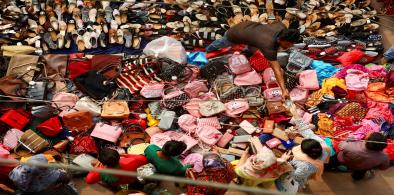
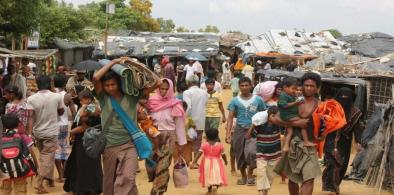
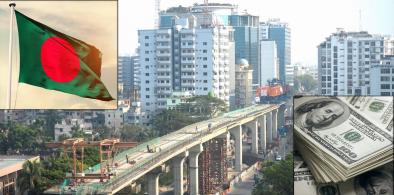
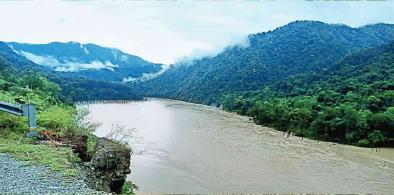
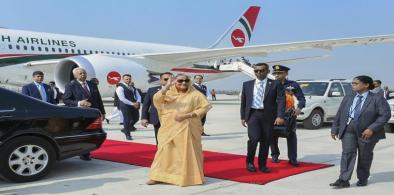
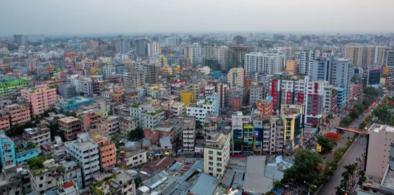




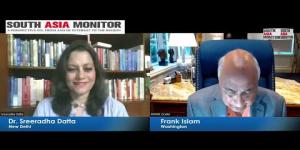



Post a Comment